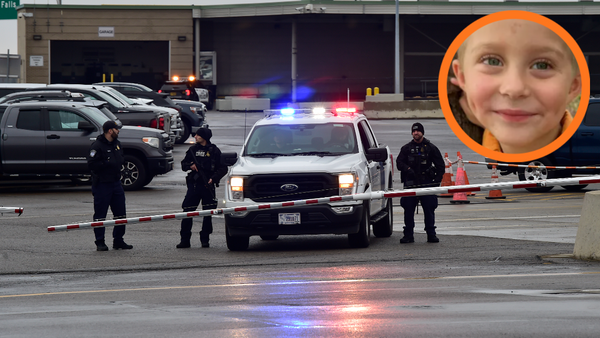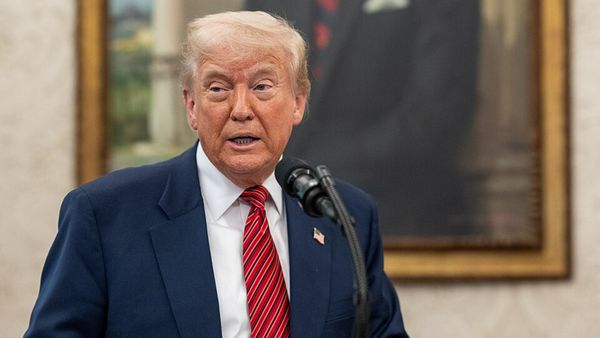Chinese astronauts stranded aboard the country’s Tiangong space station after suspected space junk struck their capsule have returned to Earth on Friday aboard their replacement crew’s spacecraft, the China’s human spaceflight agency has said.
The three astronauts – Wang Jie, Chen Zhongrui, and Chen Dong – part of the Shenzhou-20 mission were initially expected to make their way back to Earth on 5 November, but a suspected impact from a small piece of space debris on their return spacecraft called off their scheduled departure.
The Shenzhou mission cycles crews of three Chinese astronauts to and from the Tiangong space station for six-month stays, during which they perform several tasks, including repairing damage to the orbiting outpost.
With a replacement crew making up the Shenzhou-21 mission already reaching the Tiangong space station last month, both teams remained aboard the orbital outpost longer than initially planned.
Now, the China Manned Space Agency (CMSA) has announced that the three stranded astronauts have landed at the Dongfeng Landing Site in the Inner Mongolia autonomous region aboard the Shenzhou-21 spacecraft.
CMSA also revealed for the first time the nature of the damage to the Shenzhou-20 spacecraft, stating that "tiny cracks" were found in a small window of the return capsule.
"The capsule does not meet the safety requirements for a crewed return, Shenzhou-20 will remain in orbit and conduct relevant experiments," the agency said in a statement.
The astronauts were launched from the Jiuquan Satellite Launch Centre in northwest China in April.
But their return got delayed once it was found that their return capsule had been struck by suspected space debris.
“The Shenzhou-20 crewed spacecraft is suspected to have been struck by a small piece of orbital debris, and assessment of the impact and associated risks is currently underway,” CMSA said.
CMSA said on Tuesday that emergency response plans were activated after the crew’s return was postponed.
It appears the agency is following existing protocols to use the Shenzhou-21 spacecraft to transport the stranded crew back to Earth.
The space agency’s recent update also reveals that a Shenzhou-22 spacecraft is being prepared for launch from the Jiuquan Satellite Launch Centre in the Gobi Desert for the return mission.
It would be launched at an appropriate time in the future, the agency said.
Astronauts on the Shenzhou-21, who arrived on November 1, are expected to make their trip back to Earth next year aboard their own spacecraft.
The incident points to the danger posed by space junk to astronauts.
It follows last year’s case of debris from a broken-up Russian satellite, forcing astronauts on the International Space Station to take shelter for nearly an hour.
Initial estimates suggested the destroyed Russian satellite immediately created "over 100 pieces of trackable debris”.
There could be over 200,000 space junk objects between 1-10 centimetres and tens of thousands of debris larger than 10 cm in the narrow region of space crowded by satellites.
How space debris hitting a Chinese spacecraft is a wake-up call for regulation
Chinese and US space agencies make rare collaboration to steer satellites from danger
Astronauts stranded in space after return capsule struck by mystery object
ISS astronauts take cover as ‘cannibal’ solar storm sparks auroras across globe
Jeff Bezos’ Blue Origin launches huge rocket after solar storms delays
Iconic star cluster found to be much bigger than previously thought







